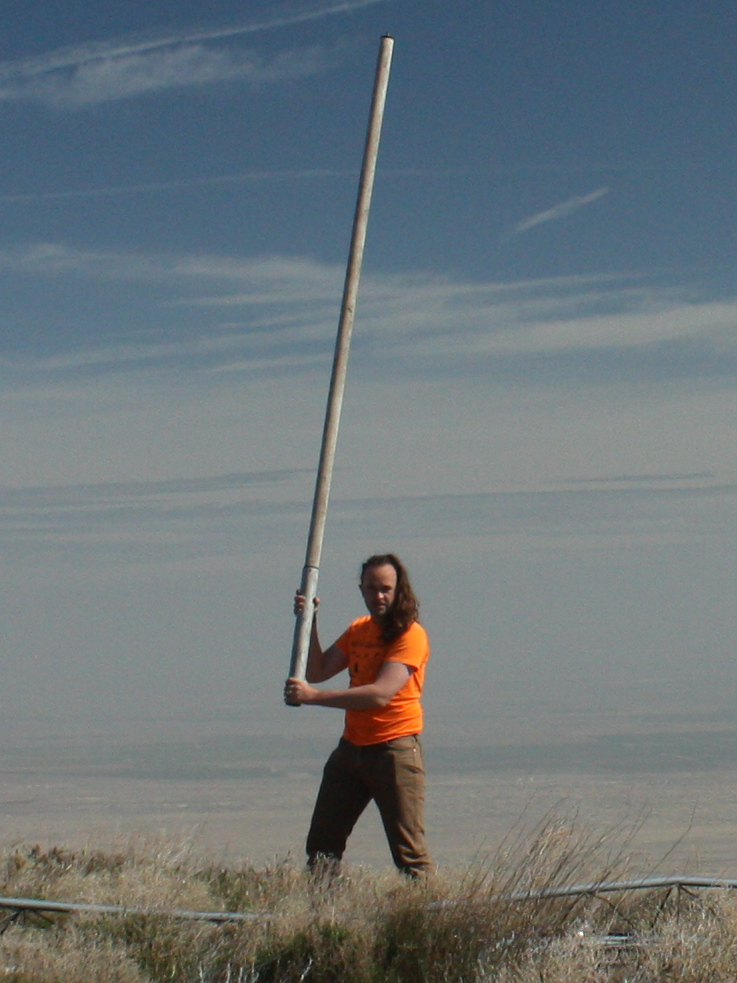About Wave Farm
Wave Farm Artist-in-Residence: Charlie Macquarie
5662 Route 23 | Acra, NY 12405 | 518-622-2598
http://wavefarm.org/
Telephone Hills irecords and documents radio communications and infrastructures of the oil industry in California, especially on Ohlone, Chumash, and Yokuts land, and remixes this documentation into new visual and aural transmissions that grapple with a future alongside climate change. As international environmental criminals and primary drivers of anthropogenic climate change, what the industry “says” across the radio waves is of great concern for bearing witness to the environmental and climate havoc they have wrought. Crucially, this work is focused on hearing from oil workers – the people risking their lives and their health out in the field while corporate profits pile up. The radio transmissions of these workers are important as another kind of witnessing and documentation – listening to the voices of the people who are needed for the dismantling of the industry and its infrastructure and for a just transition away from fossil fuels. Their voices blend with Macquarie’s own techno-genealogy into a poetic vision of energy transition on a warming planet.
Charlie Macquarie is an artist, archivist, and radio amateur (KN6HLC) who works to further smudge the already blurred lines between past and future, frequently using the landscape and built environment as a direction-finding technology for this work. He makes cultural inquiries into the historical toxins and byproducts of extractive capital through images, publications, collections of documents and sounds, and transmissions that dig into the contact zone between past and present, often engaging his family’s history as they go along. He writes scene reports, syllabi, poems, environmental impact statements, computer code, and technical documentation that further these inquiries. His work – especially the Library of Approximate Location, a series of site-specific digital and physical libraries – has been installed at missile launch facilities, cold-water geysers, bombing ranges, strip clubs, abandoned copper mines, miscellaneous holes, farms, tufa towers, rock and mineral shows, and a few art museums.






